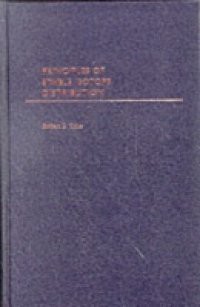This book presents a quantitative treatment of the theory and natural variations of light stable isotopes. It discusses isotope distribution in the context of fractionation processes, thermodynamics, mass conservation, exchange kinetics, and diffusion theory, and includes more than 100 original equations. The theoretical principles are illustrated with natural examples that emphasize oxygen and hydrogen isotope variations in natural waters, terrestrial and extraterrestrial rocks, and hydrothermal systems. New data on meteoric precipitation, rivers, springs, formation fluids, and hydrothermal systems are included in relation to various natural phenomena. Essentially, this book seeks to reconnect the diverse phenomenological observations of isotope distribution to the quantitative theories of physical chemistry and the language of differential equations. It may serve as a textbook for advanced students, as a research reference, or as a quick source of information. The book is organized into five chapters, each followed by suggested quantitative problems and a short reference list. The three theoretical chapters progress from an elementary review of the physical chemistry of stable isotopes, to the thermodynamics of isotopic compounds, and finally to the calculation of isotope distribution in dynamic systems. The third and fifth chapters emphasize oxygen and hydrogen isotope variations in Earths hydrosphere and lithosphere, constituting the most important examples of the theoretical principles. Appendices provide data on atomic weights of light elements, physical constants, mathematical relationships, and isotopic fractionation factors.

